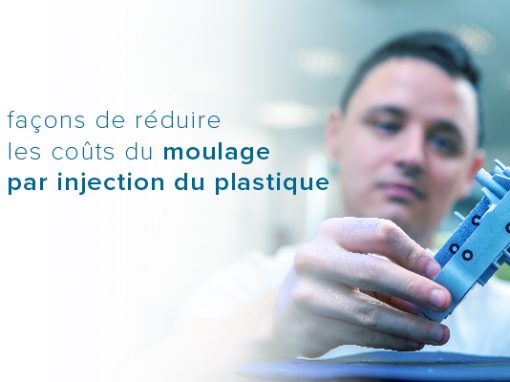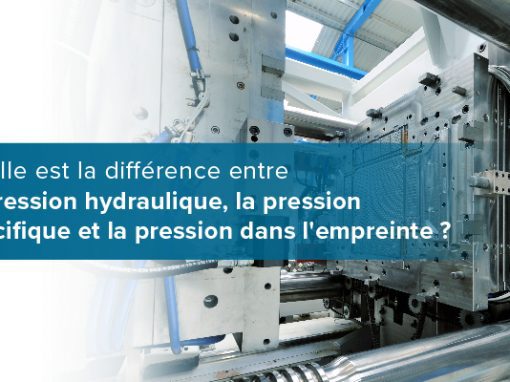Tip of the Day 14: Not So Independent Variables
Concepts of variable interaction in injection molding have been accumulating for years. As we learn more we find that each of the four plastics variables are not quite as independent as we like to imagine. The attached sketch gives you an idea of how each variable can affect another. It also helps illustrate how changing just one thing on the machine can affect many things from the plastic’s point of view.
Someone asked whether we need to change the way we teach the “Four Plastics Variables” if they are not independent. The answer is: probably not yet. We can think of the plastics variables as independent in a sort of “first order” approximation. That is, if you set up a decoupled process with separate fill, pack, hold, cooling etc. you can probably modify any one variable without “dramatically” affecting the others. What constitutes “dramatic” depends on the parts being molded.
This sort of thing may come into play when people set up designed experiments. If you drive one variable dramatically to see how it affects the part you may actually be controlling several variables at once.
Please note that this diagram is not the last word in plastics variable interaction. It probably will set up much debate on the subject and could encourage experiments to determine which are significant and which are not. Perhaps someday we will show the weight of each interaction with thick or thin lines. Any other suggestions for how to make this diagram more informative would be welcome.
Update:
This one-page overview of molding variables has received much feedback. So I have modified it several times. It is surely not the last word. It’s purpose is to keep before us the concept that plastics molding has many variables that interrelate with each other. It also stimulates much discussion and keeps us honest about what we are trying to say.
Example 1: What does Backpressure Affect?
A prime example is the tendency of those not trained in systematic molding to adjust backpressure to « fix » a problem. One way to use this page is to put your finger on backpressure and see where it leads. It is reputed to affect how some materials mix and melt. But what many people forget is that it makes the melt denser during plastication. When plastication is done (and decompressed) you have more material behind the shot size and available to be injected to the transfer position.
Example 2: Correlation Studies on Flow Rate
Another use for the page is as a reminder when doing correlation studies. We teach correlation between the part characteristics and the plastics variables. If you want to adjust « flow » (from the plastics point of view) this may be a helpful reminder to look at other settings. If you decrease the fill speed substantially the plastic may stop flowing at fill speed earlier in the cavity. If it is only 50% full at transfer then half of its its « flow » may be just a sort of oozing in after transfer instead. The half of the flow will not be at a fixed and controllable rate unless you adjust both speed and transfer to create the same short shot.

